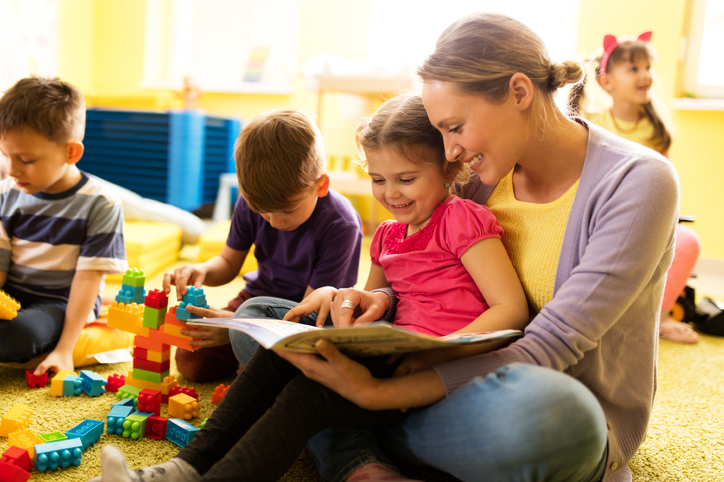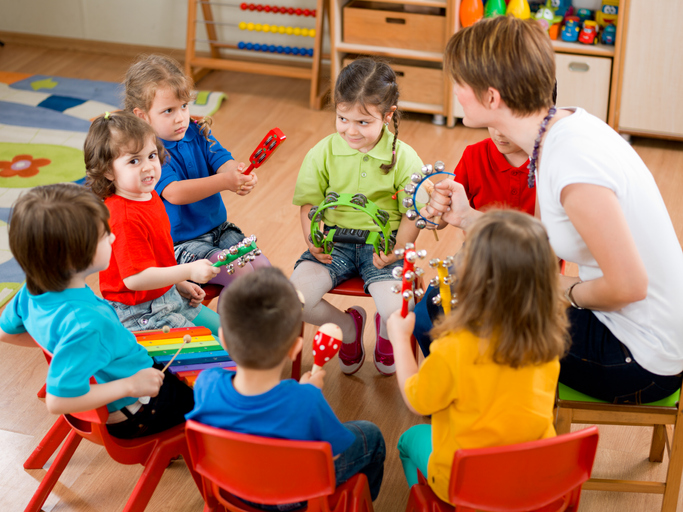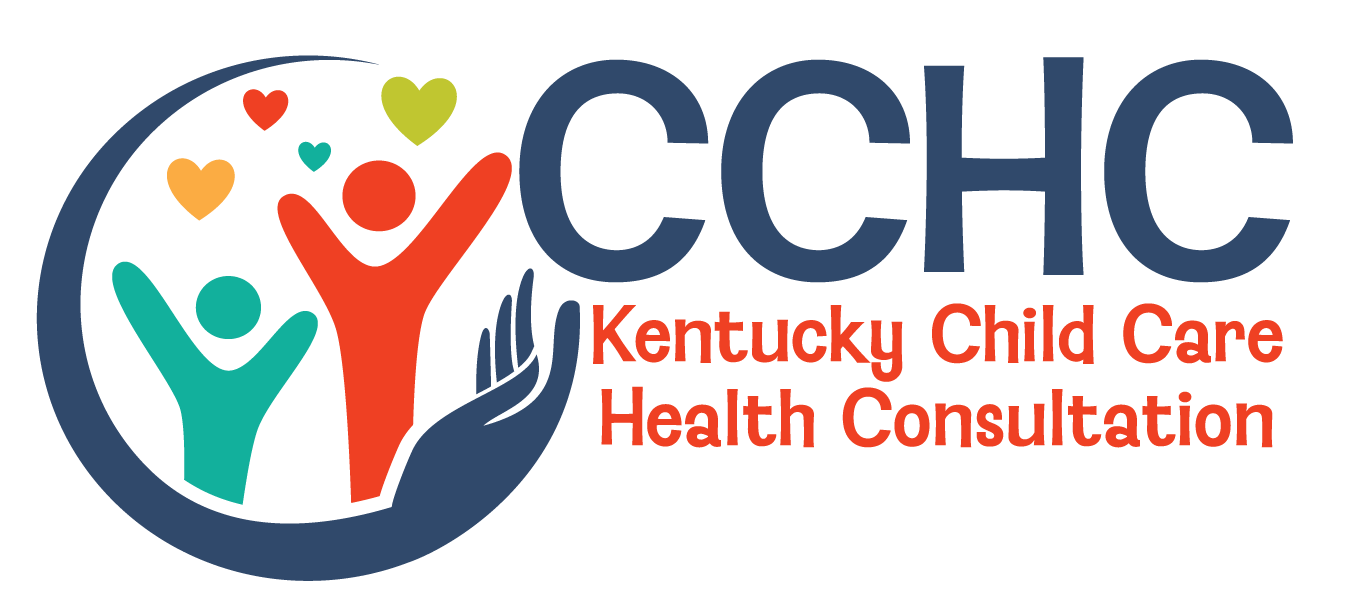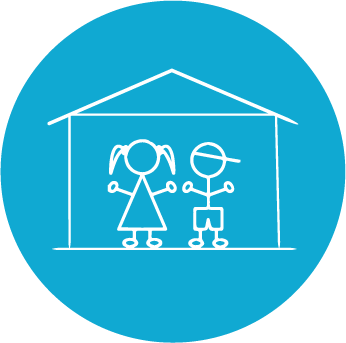



What is Connect the Dots?
What is Connect the Dots?
Connect the Dots is a joint collaboration between multiple early education and mental health specialists across Kentucky. The collaboration was built to address a common need: The need for a short yet powerful skills-based training teaching the basics of social and emotional best practices. Connect the Dots highlights 4 easy-to-remember steps to address challenging behaviors.
Another strategy for Connect the Dots is to enhance materials for specific child and family needs. The 4 steps serve as an umbrella to organize targeted social and emotional supports for different audiences. Specialists teach families the basics of all 4 steps and highlight specific tools they can use within each dot to meet their child’s specific needs.
Do you feel like it’s hard to enjoy these early years because you are too busy saying, “no, don’t, stop!” all the time?
Are you overwhelmed by all the tips and tricks out there and eager for something that’s easy to remember?
Connect the Dots highlight 4 easy-to-remember steps to address challenging behaviors. The 4 steps encompass both the “well-being” and the “well-doing” of children to ensure strong social and emotional skills needed for success in school and life. Connect the Dots is a joint collaboration between multiple early education and mental health specialists across Kentucky. The collaboration was built to address a common need: The need for a short yet powerful skills-based training teaching the basics of social and emotional best practices.
The primary focus of Connect the Dots is on two Protective Factors from the Kentucky Strengthening Families framework: 1) Cognitive and Social-Emotional Competence of Children; and 2) Nurturing and Attachment. Another strategy for Connect the Dots is to enhance materials for specific child and family needs. The 4 steps serve as an umbrella to organize targeted social and emotional supports for different audiences. Specialists teach families the basics of all 4 steps and highlight specific tools they can use within each dot to meet their child’s specific needs.
Connect the Dots resources and trainings are for caregivers and anyone who works with children ages one to five years old. This universal tool can be used in any setting serving families and children by teaching children how to recognize and express their emotions appropriately.
Connect the Dots provides a common language and a common approach to addressing challenging behaviors in a way that builds strong social and emotional skills in young children.
Click on a dot below to jump to the available resources.
What is Social and Emotional Development and Why is it Important?
American Academy of Pediatrics, Healthy Start
“Social emotional development is a fundamental part of a child’s overall health and well-being (…) Social emotional development is sometimes called early childhood mental health or infant mental health. It spans from how children interact with others to how they manage or cope with adversity and stress. Social emotional development within the first few years of life sets a precedent and prepares children to be self-confident, trusting, empathetic, intellectually inquisitive, competent in using language to communicate and capable of relating well to others. Healthy social and emotional development refers to a child’s emerging ability to:
Experience, manage and express the full range of positive and negative emotions,
Develop close, satisfying relationships with other children and adults and
Actively explore their environment and learning.”
Center on the Developing Child, Harvard University
“Emotional well-being, social competence and cognitive abilities together are the bricks and mortar that comprise the foundation of human development.”
Zero to Three
“Making friends. Showing anger in a healthy way. Figuring out conflicts peacefully. Taking care of someone who has been hurt. Waiting patiently. Following rules. Enjoying the company of others. All of these qualities and more, describe the arc of healthy social-emotional development. Like any skill, young children develop these abilities in small steps over time.”
Join our mailing list and receive social and emotional tools and updates quarterly!
For more information, contact Kristen.Martin@ky.gov, Emily.Keely@ky.gov, or Shannong.Parker@ky.gov
Connect the Dots Newsletter
Use the form below to add your email address to our monthly newsletter.











